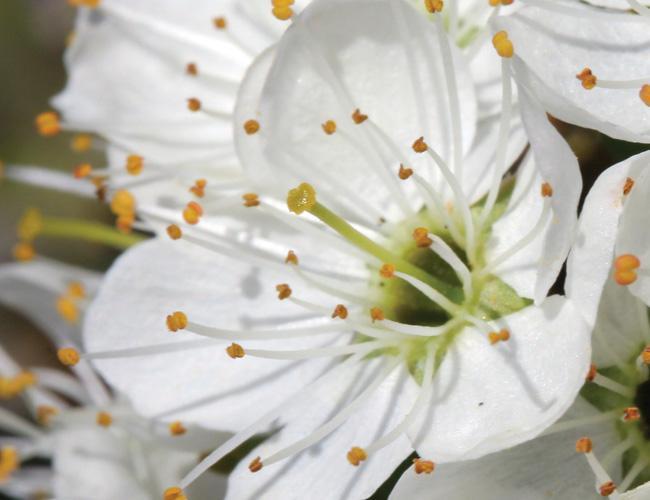What is an adaptogenic plant?
Russian researcher Nicolaï Lazarev created the concept of “adaptogens” in 1947:
An adaptogen is a pharmacological substance capable of inducing in an organism a non-specific state of increased resistance enabling it to counteract stress signals and adapt to exceptional effort.
In other words, an adaptogen helps the body to adapt to stress.
Since then, three basic criteria have been added to the definition. A plant must have all three features to be qualified as adaptogenic:
- the capability to increase the body’s overall resistance in a non-specific way;
- a normalising action on a physiological level which increases the body’s ability to adapt to stress;
- non-toxic.
Rhodiola: an anxiolytic and antidepressant adaptogenic plant
Rhodiola is also known as “arctic root” or “golden root”. Its scientific name is Rhodiola rosea. When freshly cut, the roots have a subtle rose perfume.
It grows in altitudes of up to 4,000 in cold, mountainous regions of Asia, Siberia, Scandinavia and North America. As it grows, rhodiola becomes increasingly resistant to difficult conditions such as climate and weeds.
Anxiolytic and antidepressant1,2,3,4 :
- Maintains cortisol at physiological values
- Stops the destruction of serotonin and dopamine: hormones for motivation and well-being

Hawthorn, the plant for palpitations and nerves
Hawthorn is a bushy and thorny shrub that grows to a height of 3 to 4 metres. Originally from Europe, it is now found in all temperate regions of the North hemisphere. The scented, white or pink odorous flowers are grouped into clusters. The flowering tops are the parts used for therapeutic purposes and are harvested towards the end of spring.
- Regulatory action on the cardiovascular system5: alleviation of symptoms for people with heart failure
- Antioxidising activity6

Hawthorn is particularly indicated for:
- Anxiety, nerves, palpitations and tachycardia
- Mild to moderate high blood pressure
Passion flower, the plant for nervousness
Passion flower is a climbing plant found in Central and Southern America as well as in Tropical Asia and Polynesia. At the end of the 19th century, medical observations in clinical settings identified the sedative and antispasmodic properties of the aerial parts of the plant. As a result of this discovery, the plant was used to treat certain neurological conditions.
-
Anxiolytic7 and sedative8 action
-
Recognised by the European Scientific Cooperative on Phytotherapy (ESCOP) to relieve nervousness and help with falling asleep9

Valerian, the plant for anxiety and worry
Valerian has many common names (such as “setwall” and “all-heal” and more recently has been called “herbal valium”. Its many properties, notably as a sedative and relaxant, have made it a popular medicinal plant since ancient times. These properties are undoubtedly the reason for its name: Valeriana derives from the Latin valere, which means “to be in good health”.
- Anxiolytic action7: reduction in the mental symptoms of anxiety
- Hypnotic and sedative action8
- Spasmolytic, musculotropic and neurotropic activity

Valerian is particularly indicated for:
- Difficulties getting to sleep
- Anxiety, worry
- Tense muscles and nerves






